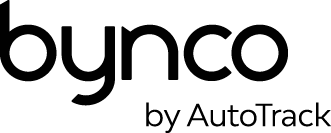Converting a foreign driver’s license into a Dutch driver’s license
Do you have a valid driver’s license and are you moving to the Netherlands? The driver’s license issued by your country of origin might be valid in the Netherlands. However, this may also not be the case. We are more than happy to explain the regulations regarding foreign driver’s licenses.
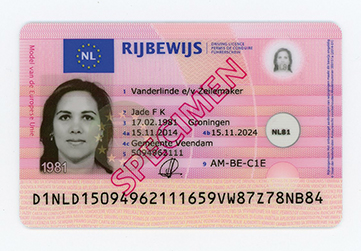
It may be possible, for example, for you to convert your foreign driver’s license into a Dutch driver’s license if you are staying in the Netherlands for an extended period. In this article, we will discuss the following topics:
- How long can you drive in the Netherlands with a foreign driver’s license?
- Which foreign driver’s licenses can be converted easily?
- Which foreign driver’s licenses cannot easily be converted, and what can you do with them?
- What is the 30% rule, exactly?
- Where must you go and how much does it cost to convert a driver’s license?
- Do I need a health certificate?
- How do I request a driving test from the CBR?
- Dutch traffic regulations

How long can I drive in the Netherlands with a foreign driver’s license?
The quick answer is six months, or 185 days, from the moment you are registered in the Netherlands, the moment you have a Dutch address. When you arrive in the Netherlands, you are permitted to drive with a foreign license. If you are staying in the Netherlands temporarily, you may drive for a maximum of six months with a foreign license, as mentioned above. If you are planning to stay in the Netherlands for an extended period, you must convert your foreign license into a Dutch license. There is a strict set of regulations attached to this process. The country in which you attained your driver’s license is determinant.
The first deciding factor is the following: did you receive your license in an EU or EFTA (European Free Trade Association) country, or did you receive it in a country not belonging to either the EU or EFTA?
EU/EFTA
If you received your license from a country within the EU or EFTA, the time periods may differ in many cases. Do you have a license that is issued by an EU or EFTA country, and are you registered in the Netherlands? Then you are allowed to drive for 15 years (after the issue date of your foreign license). The only condition is that your license must still be valid.
Was your license issued by an EU/EFTA country whilst you were registered in the Netherlands? Then you are not permitted to drive with your foreign license, you have to convert it into a Dutch license; you can request this from the municipal authority of the city/town in which you are registered. The municipal authority will forward your request to the RDW.
Non-EU/EFTA
If the country of issue is outside the EU/EFTA, you may (as mentioned above) drive for up to 185 days (six months) with your foreign license, after which you must possess a Dutch license. If you have a valid license, it is often very easy to convert your license.
The Netherlands has agreements with several countries/regions:
| Andorra | Man |
| Aruba | Monaco |
| Canadian province Albert | Singapore |
| Canadian province Québec | Chinese Taipei (Taiwan) |
| Israel | Former Dutch Antilles |
| Japan | South Korea |
| Jersey |
The countries and regions listed above have an agreement with the Netherlands and conform to the European driver’s license directives (2006/126/EG). Other countries outside the EU do not have such an agreement. Licenses from these countries cannot easily be converted into a Dutch license.
Which foreign licenses can easily be converted?
Driver’s licenses issued by member states of the European Union and the European Free Trade Association are the easiest to exchange into a Dutch license. This applies to the following countries:
| European Union | Malta |
| Belgium | The Netherlands |
| Bulgaria | Austria |
| Cyprus - Only the Greek part of Cyprus, not the Turkish part | Poland |
| Denmark | Portugal |
| Germany | Romania |
| Estonia | Slovenia |
| Finland | Slovakia |
| France | Spain |
| Greece | Czech Republic |
| Hungary | United Kingdom |
| Ireland | Sweden |
| Italy | European Free Trade Association |
| Croatia | Norway |
| Latvia | Iceland |
| Lithuania | Liechtenstein |
| Luxembourg | Switzerland |
| Malta |
European Free Trade Association
- Norway
- Iceland
- Liechtenstein
- Switzerland
If your license was issued by any of the countries listed above, you can request a conversion from your municipal authority. In order to convert your license, you must meet the following criteria:
- You must be registered in the Key Register of Persons in a Dutch municipality
- You must possess a valid residence permit
- The license you currently own must be issued by one of the countries listed above
- You must have a recent passport photo in colour, the rules for acceptable photos can be found on the website of the Dutch government.
- A certificate of health
When you submit the request at your local municipal government office, all of the relevant documents will be forwarded to the RDW. Only the municipality is permitted to make the request, you will not be able to directly contact the RDW. Once everything has been accepted, the RDW will send you a letter within 10 days which will inform you when you can pick up your Dutch driver’s license from your local government office. Your original foreign license will be sent to the country of issue by the RDW. It will not be possible for you to get your old license back. During the conversion process, you will not be allowed to drive on public roads. You will be fined if you do. If you decide to drive during this period and happen to be stopped, you will be unable to show a valid license and will be penalized.
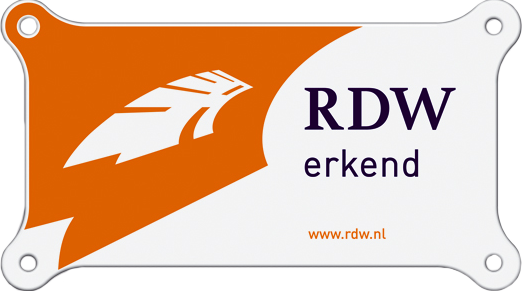
Which foreign passports cannot be converted easily, and what can you do with them?
If you own a license from one of the following countries, it will not be possible to convert your license. This is because the Netherlands does not have agreements with these countries.
Download the list of countries here
There are two possibilities regarding passports from these countries. If you are eligible for the 30% rule, it is possible to convert your passport. This means that you must have a valid foreign license as well as proof of approval (‘Beschikking Bewijsregel’) from the Dutch tax authorities. This can be requested in conjunction with your employer.
If you are not eligible for the 30% rule, the only way to get a Dutch license is by taking a driving test at the CBR. You can find more information about taking a driving test later in this article.
What is the 30% rule, exactly?
The 30% rule is a regulation set by the Dutch tax authorities which may have an impact on the conversion of your driver’s license. When you come to work in the Netherlands, you may incur extra costs, also known as extraterritorial costs. In these cases, your employer may offer a free or untaxed reimbursement for the costs that you incur. Your employer may offer you 30% of your pay as tax free instead of offering a reimbursement. You are not obligated to declare any incurred expenses to the tax authorities. In order to qualify for this regulation, you must send an application to the tax authorities in conjunction with your employer. You can find more information about this topic on the website of the Dutch tax authorities.
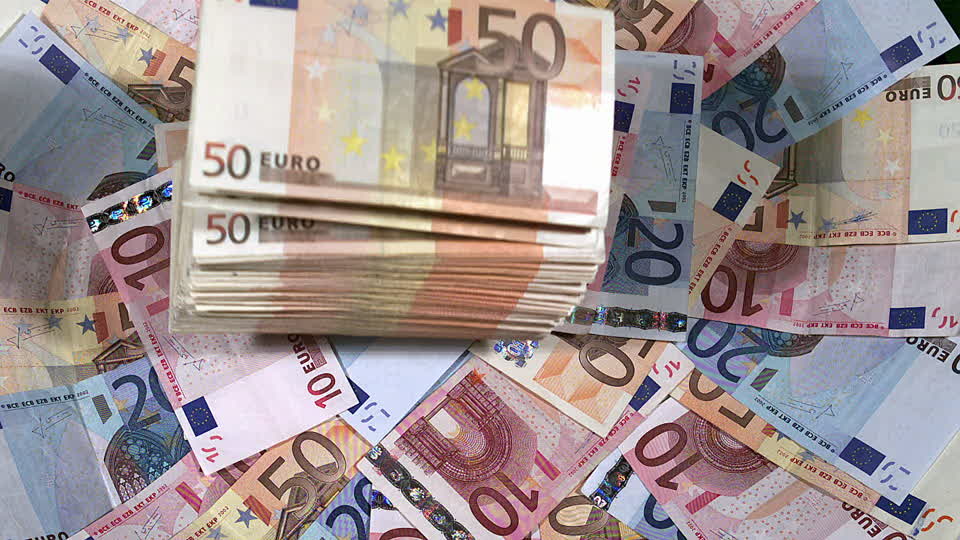
If you have a license from a country with which the Netherlands has no agreement (you will find a list of these countries later in this article) with regards to license conversion, but you are eligible for the 30% rule, it is possible for you to convert your license into a Dutch license. This rule also applies to any partners and children that live at the same address. This method makes it possible to acquire a Dutch driver’s license.
Where do you go and how much does it cost to convert a driver’s license?
If it is possible for you to convert your foreign license into a Dutch license, where do you go in order to do so? The short answer is that you must notify the municipal authorities in the community in which you are registered. Most municipal authorities will require you to make an appointment. Once you begin the process, you must hand in your foreign license and will receive news within two weeks regarding your Dutch license. As mentioned earlier, you may not drive during these two weeks. The cost of license conversion can vary from municipality to municipality. Generally speaking, most municipalities will charge €39,75. You will need the following documents when starting the process at your local municipal authority:
- A passport photo, the rules for a correct photo can be found on the website of the Dutch government.
- A valid piece of ID.
- Your foreign license, as mentioned earlier you will not get this back.
- If the text on your license is not written in the Roman/Latin alphabet, you will need an official translation of your license.
- In some cases you will need a health certificate.
- If you are living in the Netherlands as a student you will need proof of registration from your educational institution.
- If you want to convert a foreign license that has been stolen, you will need an official declaration from the police or a declaration of loss from your municipal authority. You will also need a statement from the government agency that issued your license stating when the license was issued as well as the amount of time it is still valid.
- If you wish to convert a license which is no longer valid, you will need a declaration of non-objection from the government body that issued your foreign license.
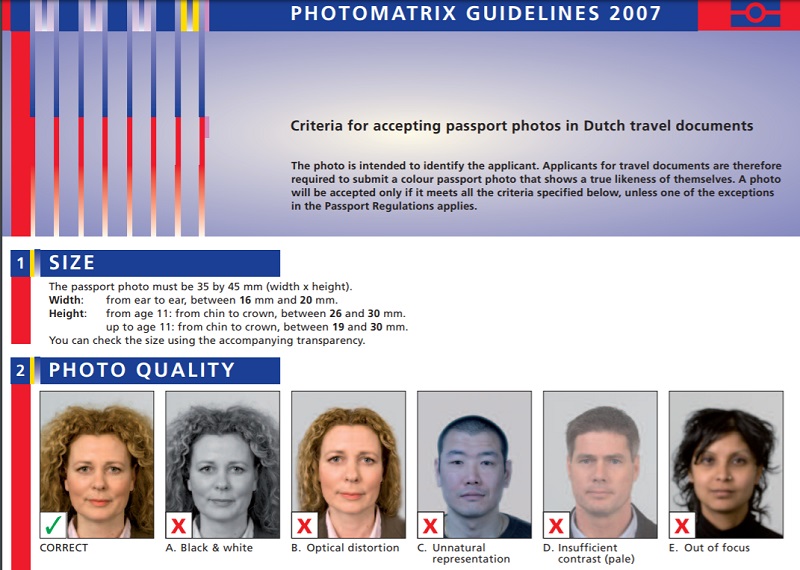
For more information about the process of converting your foreign license, please visit the website of the municipal authority where you are registered. Below you will find direct links to the websites of the largest municipalities:
Converting a Dutch license into a foreign license
When leaving the Netherlands, you will undoubtedly want to exchange your Dutch license back into the foreign license you used to have. As this procedure differs from country to country, we will not be going to the minutiae of this process. It is, of course, possible to do this. It is often the case that the conversion process is much easier when you have owned a license from the country in the past. Do you wish to know exactly what the procedure will be? The best thing to do is to look at the website of the government in whichever country you are returning to.
Do I need a health certificate?
In some cases you will need a health certificate when applying for a Dutch driver’s license. How does this work, exactly? We are happy to lay it out for you.
When converting a license issued in an EU or EFTA country, you will not need a health certificate. There are two exceptions to this rule:
- 1. When the license is valid for a shorter period than the usual validity period in the country of issue.
- 2. When the license has a note or limitation which does not match up with the codes that have been decided upon within the EU (with the exception of contacts, glasses, or machine)
A health certificate will be needed when converting a license that has been issued in:
- A country outside the EU/EFTA with which the Netherlands has no agreement. We listed these countries above.
- A country outside the EU/EFTA, only if you qualify for the 30% rule. We provided more information about this above.
- The former Dutch Antilles or Aruba.
- A country other than the ones listed in points 1-3 and when you have owned a Dutch license in the past which was valid after June 30, 1985.
If the license you are converting is expiring relatively soon, you must renew your foreign license. If your license is expiring within the next four months, we advise you to immediately request an official declaration. If you are already aware of any health problems, we advise you to request an official declaration from the CBR five months in advance.
How do I request a driving test from the CBR? (theory, costs, time commitment, practice)
Is it impossible for you to convert your current license? Then you can take a driving test at the CBR. If you complete it successfully, you will receive a Dutch driver’s license. In order to begin this process, you will need to contact a driving school. They will teach you what you need to know in order to obtain a Dutch driver’s license. They are able to make a good estimate of how many driving lessons you will need, they will also be able to help you with the theory. A driving test in the Netherlands consists of two parts, the theory exam and the practical exam. We will explain both parts in more detail.
Theory exam
The Dutch driver’s license theory exam consists of two parts: one part is danger recognition and the other part is about traffic rules and traffic insight. You will receive questions to answer on a computer. You will have 30 minutes to complete the normal exam. If you request extra time or a personally guided exam, you will receive 45 minutes.
The part on danger recognition consists of 25 questions of which you must answer at least 13 correctly. The section about traffic rules and traffic insight consists of 40 questions, of which you must answer at least 35 correctly. Before attempting this section, you will first receive 2 practice questions.
When you finish the exam, you will receive your results immediately. If you pass, the results will remain valid for 2,5 years. If you fail, you will need to take the exam again.
Theory exam costs
The standard theory exam costs €33 in 2019. It is possible to take the theory exam in English. This costs €38,50 in 2019. If you wish to take the exam in another language, you can do this with an interpreter and an individually guided exam. This costs €87,45 in 2019. These are the costs that the CBR charges. It may be the case that a driving school will charge more.
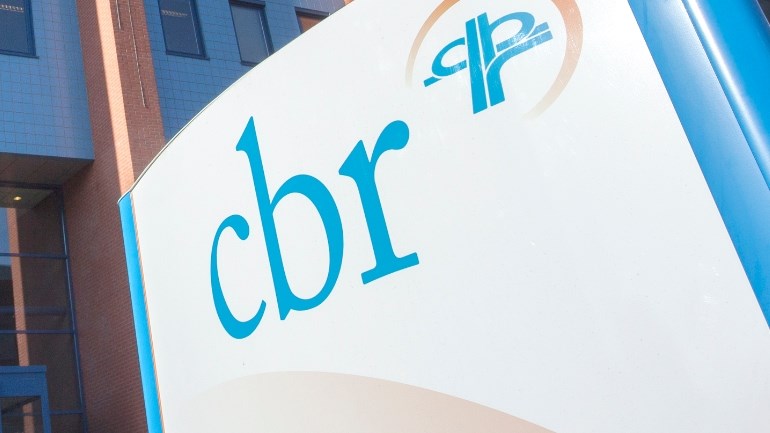
Practical exam
The Dutch driver’s license practical exam consists of four parts: a part before the exam, a part in a parking lot, the driving itself, and finally the results of the exam. Before taking the exam, you will get to know your examiner who will explain how the exam will proceed and who will examine your documents. In the parking lot, you will take an eye test which entails reading the license plate of a car which is approximately 25 meters away. The examiner may ask you some questions about the car. This can include checking the oil level or the different lights on your dashboard. The driving part of the exam will take approximately 35 minutes. This will entail you driving to an agreed upon location. A part of the drive will be driven under instruction of the examiner. During the drive, he or she will observe the manner in which you drive, to see if you look around enough, if you control the car well enough, and if you understand and adhere to the Dutch traffic regulations. After the driving part is over, you will receive your results at the exam centre right away. If you pass, you will be allowed to request a Dutch license from your municipal authority. If you fail, you will receive tips to improve, after which you will be able to take another attempt.
Practical exam costs
The practical exam costs €108 in 2019. This amount will be transferred to the CBR by your driving school. Your driving school will also charge you additional fees, such as administration fees, fee for the use of the car, the instructor’s fee, as well as the costs of any driving lessons you take before attempting the exam.
Dutch traffic laws
If you are planning to drive in the Netherlands, there are a few important things to keep in mind. We are more than happy to explain the specifics of Dutch traffic to you. In the Netherlands, cars drive on the right hand side of the road, just like in most of continental Europe. When it’s dark or when driving in misty conditions, you must drive with dimmed headlights on. Cyclists and mopeds have a higher status in traffic than cars. This means that you must be extra careful when you are driving next to bike lanes. Pay extra attention to signs when you are approaching a roundabout. Roundabouts are not always the same in the Netherlands. Sometimes cyclists have the right of way, whereas sometimes cars have the right of way. If you are driving in towns or cities, you may only use your car horn in dangerous situations. Pay close attention to your speed, as speeding cameras and police frequently check for speeding drivers.
In the Netherlands you may drive 50 km/h in cities, 80 km/h outside of city limits, and between 100 and 130 km/h on highways. You must also keep the following rules in mind. Everybody in the car is required to wear a seatbelt. When you are driving with young children in the car, any child shorter than 1,35 meters must be seated in a special child seat in the back of the car.
If you violate any traffic regulations in the Netherlands, the police may trace you even if you do not live in the Netherlands. There are also rules regarding alcohol use. If you have had a license for longer than five years, you may not have a higher blood alcohol level than 50 mg per 100 ml of blood. If you have had a license for less than five years, that level is 20 mg. Though we cannot say precisely how many drinks that translates into, we strongly recommend not drinking when you will have to drive. It is also forbidden to drive under the influence of drugs in the Netherlands. If you do this anyway, you risk being fined, sent to prison, or losing your license for a maximum of five years.
Using a telephone whilst driving is forbidden. You may not use your telephone for any reason, including making calls or reading messages. You are allowed to make hands-free calls.
Lastly, we have a few tips about parking in the Netherlands. You are not allowed to park at intersections in the Netherlands; you must be at least five meters away from the intersection. You may not park next to a curb marked with a yellow stripe. If you see a no parking (‘niet parkeren’) sign, it may be the case that there are times written on the sign during which this applies. In the Netherlands, people make use of a ‘parkeerschijf’ (parking disc) with which you can indicate what time you parked your car. In cities, you can expect to use parking meters to pay for your parking. You can pay for these meters using cash, via a chip on your bank card, or using your mobile phone.
We hope that this information will help you enjoy driving in the Netherlands and that you are able to quickly and easily meet the requirements for a Dutch license. We at Bynco hope you cover many safe kilometres in the Netherlands!
Verder lezen?
-
De beste
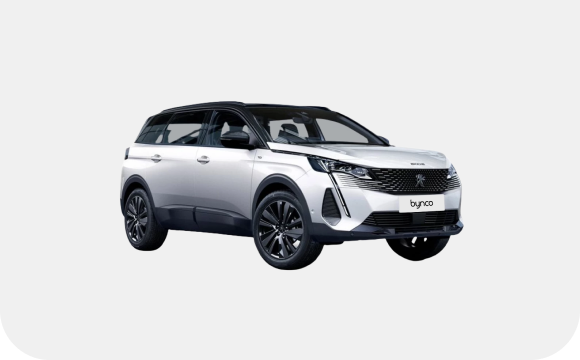
Plek nodig voor 7 mensen? Dan zijn dit de auto's voor jou
-
Blog
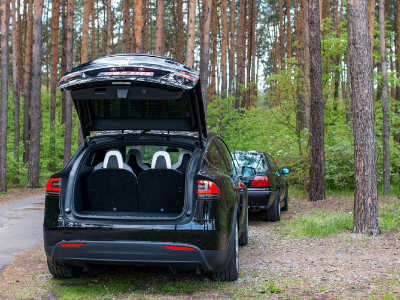
Zo kom je erachter wat je echt kwijt kunt in je kofferbak
-
De beste
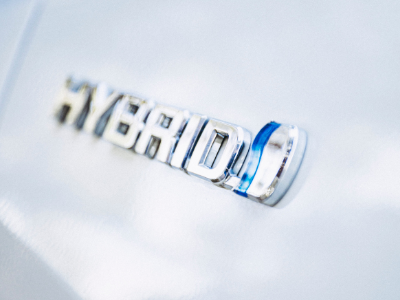
Dit zijn dé beste hybrides van dit moment
-
Blog
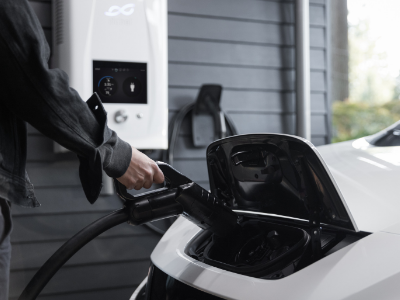
Hoe lang gaat de accu van een elektrische auto mee?
-
Blog
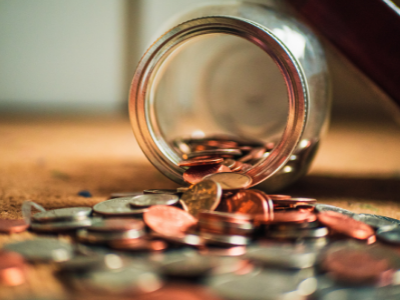
In 5 stappen naar 2000 euro subsidie op je EV
-
Blog
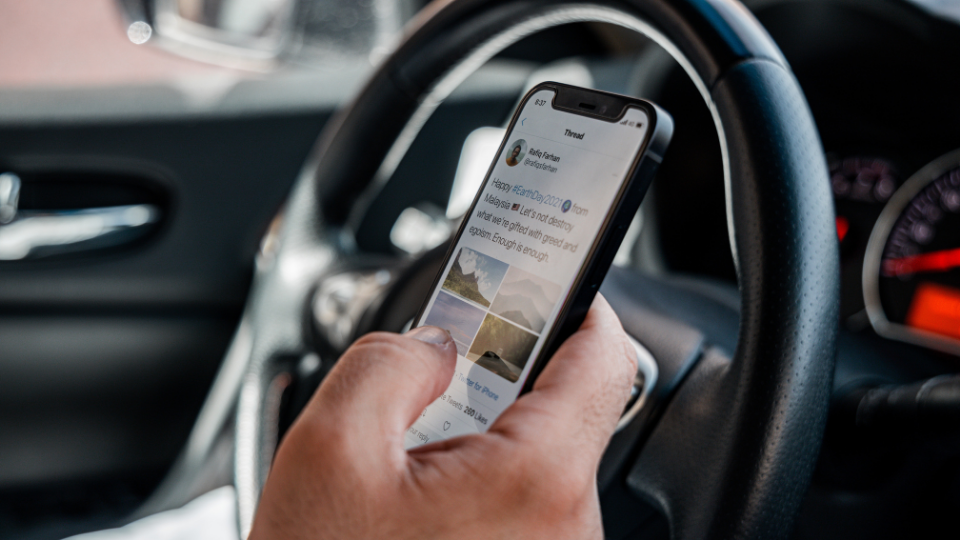
Welke auto's hebben Apple Carplay en Android Auto?
-
De beste
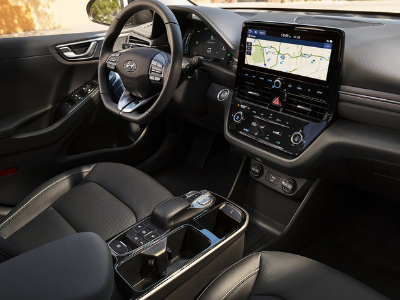
Overweeg je een elektrische auto? Dit zijn de beste EV's
-
De beste
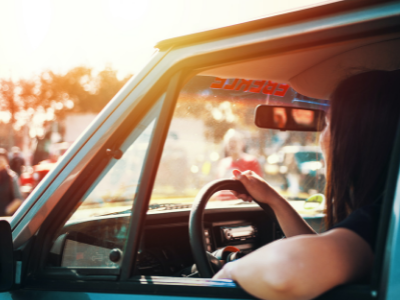
Eerste auto? Dan zijn dit de auto's voor jou

